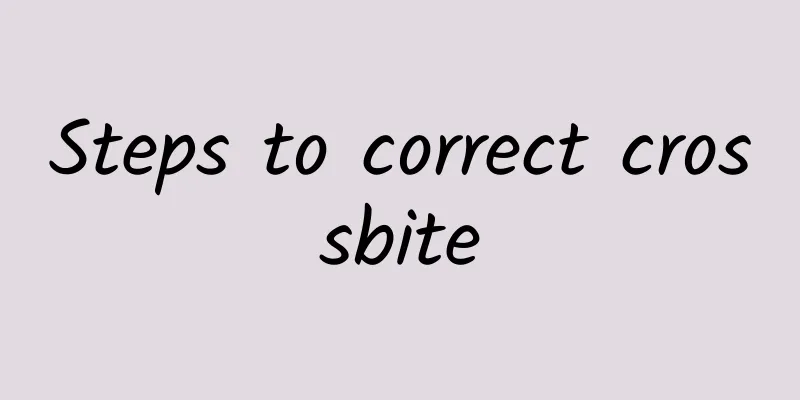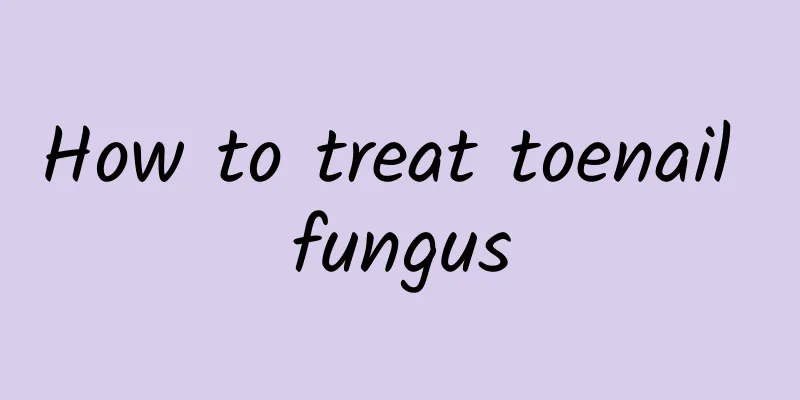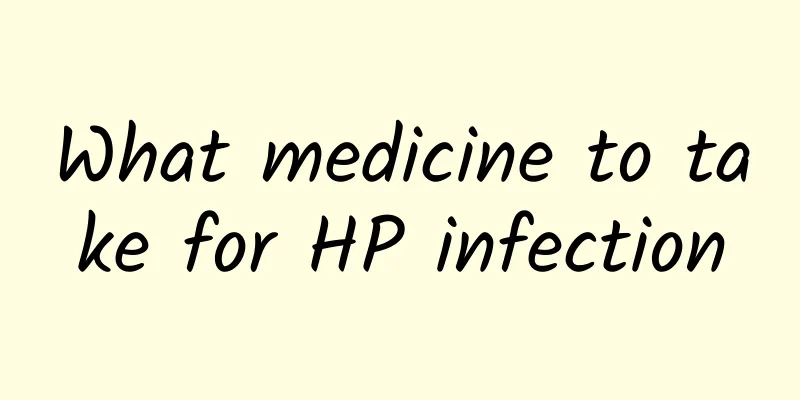How to treat oculomotor nerve palsy? Traditional Chinese medicine has a trick for treatment

|
Oculomotor nerve palsy refers to the loss of function of the oculomotor nerve and its innervated tissues due to disease or other reasons. Common symptoms include ptosis, diplopia, blurred vision, pupil dilation, strabismus, etc. Oculomotor nerve palsy has a great impact on people's eye health, so how to treat oculomotor nerve palsy? I: Complications of oculomotor nerve palsy1: Strabismus The oculomotor nerve innervates several extraocular muscles and intraocular muscles. Oculomotor nerve paralysis manifests as paralysis of one or more of the superior rectus, inferior rectus, medial rectus and inferior oblique muscles on the same side of the eye as the lesion. Different eye muscle dysfunctions can cause changes in eye position. 2: Ptosis. Since the levator palpebrae superioris muscles are innervated by the oculomotor nerve, complete and incomplete ptosis often occurs after oculomotor nerve palsy. 3: Amblyopia. Congenital oculomotor nerve palsy or partial acquired oculomotor nerve palsy can cause amblyopia due to abnormal visual development caused by long-term ptosis. 2. Treatment Methods1: Chinese medicine prescription: red ginseng 15g, white atractylodes 5g, angelica 12g, immature bitter orange 15g, astragalus 50g, cimicifuga 10g, ginger 15g, 7 jujubes, bupleurum 12g, bombyx batryticatus 12g, whole worm 10g, centipede 1, roasted licorice 10g, poria 20g. Usage: Decoction in water, 1 dose every 2 days, 1 month as a course of treatment. 2: Acupuncture points: Cuanzhu through Jingming, Yuyao through Sizhu point, Taiyang through Tongzi point, paired with Zusanli, Sanyinjiao, Neiwaiguan, Hegu, Baihui, Yangbai, Qiuhou point. Method: Select 2 to 5 acupoints each time, retain the needles for 30 minutes, once a day or every other day, and 15 days is a course of treatment. 3: Electrical stimulation of nerve trunks: Stimulate the supraorbital nerve and facial nerve, with the supraorbital nerve connected to the negative pole and the facial nerve connected to the positive pole. Each time, the stimulation should last about 20 minutes, once every other day. Ten times constitute a course of treatment. After an interval of 5 days, the second course of treatment should be carried out. Three: Oculomotor nerve palsy is a common clinicalIt is one of the difficult diseases to treat, and is classified as "ptosis" in traditional Chinese medicine. Currently, the treatment effect of Western medicine is poor. Good results can be achieved by using traditional Chinese medicine and Chinese medicine combined with acupuncture therapy. |
<<: Detoxification and weight loss method, recommend six detoxifying foods
Recommend
Why am I still dizzy?
Speaking of dizziness, especially among the elder...
There is congealed discharge between the nipples
Many women are not breastfeeding, but there is st...
What are five ways to make your hair grow faster?
If you want your hair to grow faster, you should ...
What to do if the fracture does not heal
The phenomenon of non-union of fractures causes g...
What is the difference between shingles and herpes?
From the names, shingles and herpes just have two...
Can I eat mung beans while taking medicine?
Mung bean is a very common food in our life. Ther...
What are the traditional Chinese medicine treatments for severe insomnia?
Many people may suffer from insomnia. For example...
What are the effects of dog skin plaster
Dog skin plaster is a very commonly used external...
7 questions to test how long your body can last?
How old is he? Don't think that you can know ...
There is a big lump under the right rib
There is another large lump under the right rib, ...
What Chinese medicine can reduce Yin deficiency and excessive fire?
Yin deficiency and heat are common clinical sympt...
How to quickly relieve wisdom tooth pain
Many people pay more attention to their wisdom te...
What to do if your skin hair follicles are clogged
Clogged hair follicles are quite common in our da...
Thigh protrusion
Protruding thighs are often caused by excessive l...
What to do if hemorrhoids are so painful
There are many symptoms after suffering from hemo...









